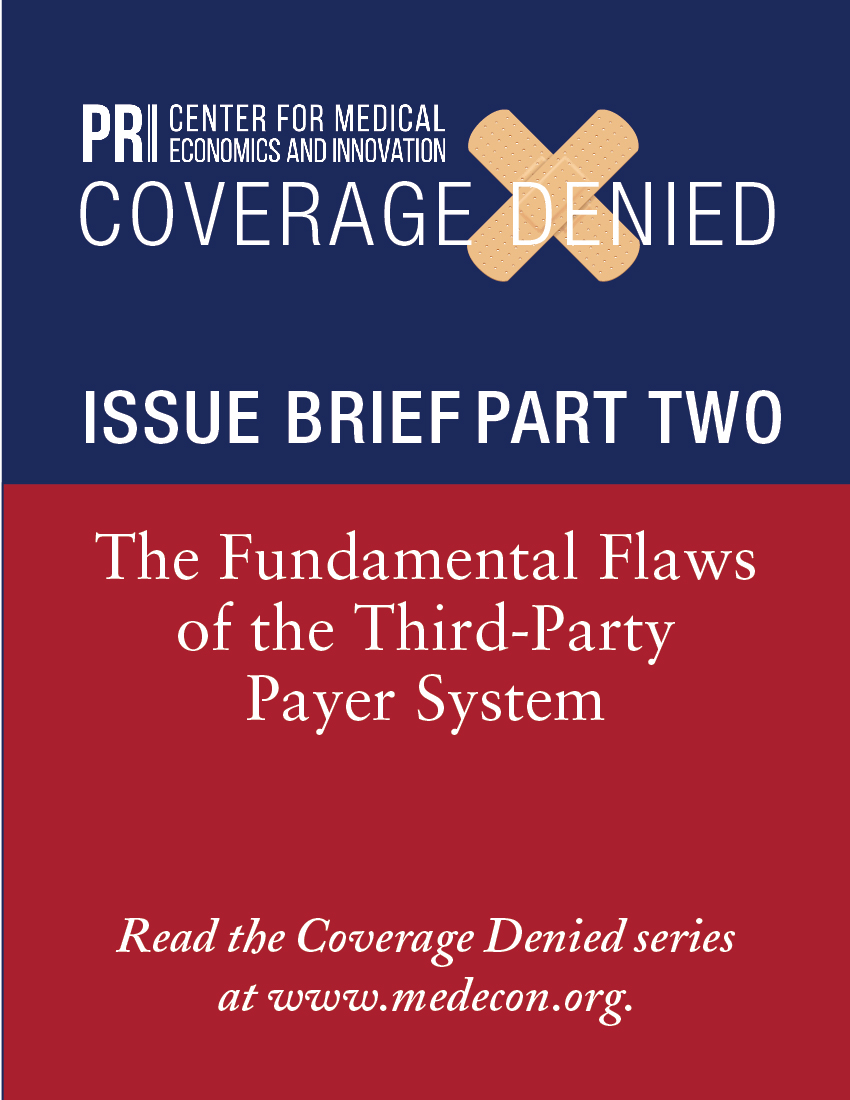Part 1 of the Coverage Denied series documented how distortions in the U.S. healthcare system turned the important financial risk management service of health insurance into a barrier to care and an important driver of health care inflation. The insurance industry’s adverse impact on costs is ironic given its current focus on implementing cost control measures.
Unfortunately, the problems of increasing obstacles to care and decreasing health care affordability are the expected outcomes from the current third-party payer system. The incentives inherent to a third-party payer system ultimately disempower patients and health care providers in favor of the payer bureaucracy. This shift in financial responsibility creates an ever-widening conflict of interest between the payer bureaucracy and the needs of patients, and this misalignment drives the unwanted outcomes that plague the current U.S. health system.
Consequently, improving affordability and access to care requires reforms that fundamentally restructure how health care is financed in the U.S. The first step toward establishing a more efficient health care sector is explicitly linking the adverse outcomes created by the current health insurance system (e.g., declining quality and rising costs) to the disincentives that are inherent to the third-party payer structure. This is the topic for parts 2 through 4 in this series.

